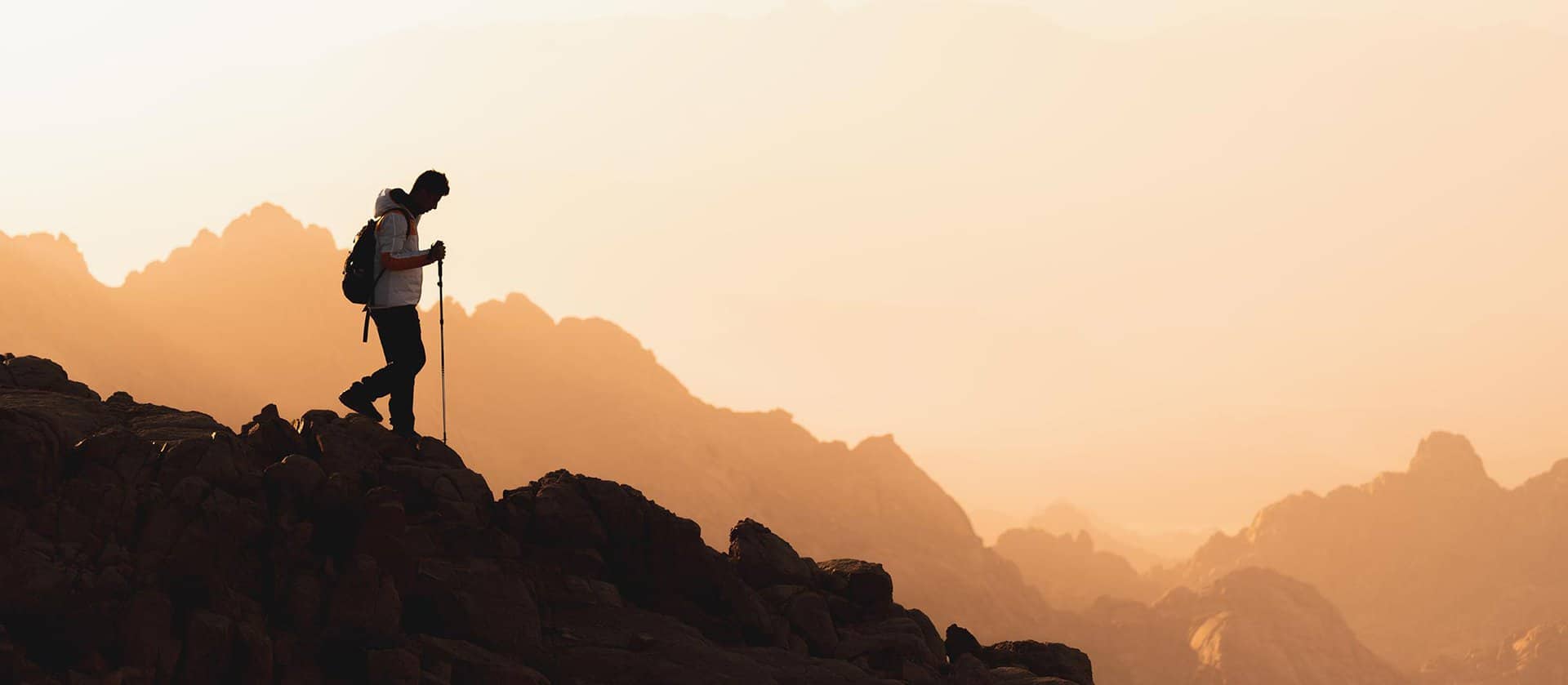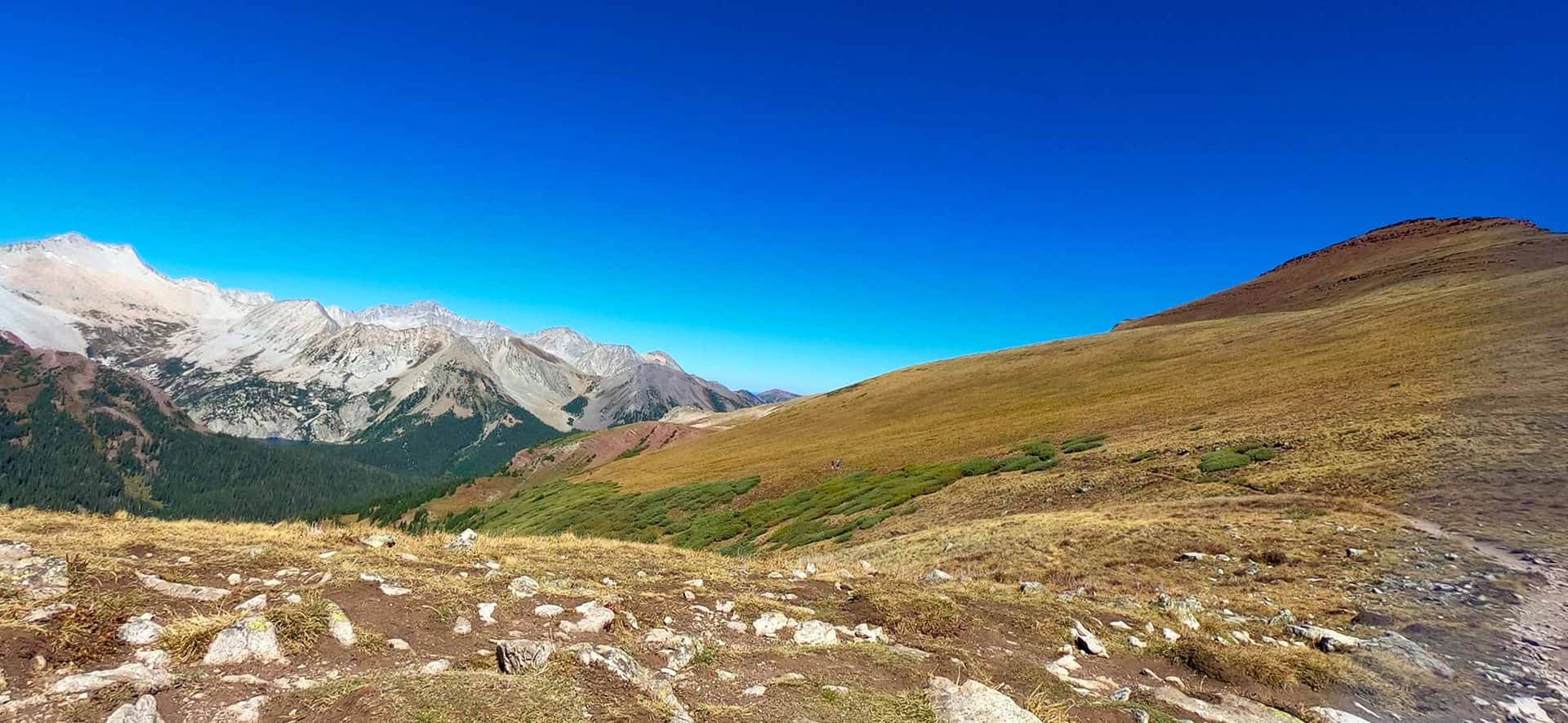Heading out on a hiking adventure is an exhilarating and rewarding experience. However, it’s important to remember that hiking can also be dangerous, especially for day hikers, because we tend to pack less gear than a backpacker. Day hikers also do less planning and, therefore can wind up less prepared. Here are some tips for staying safe while hiking:
- Research the trail beforehand and know its level of difficulty, distance, and weather conditions.
- Always carry essential gear such as a map, compass, first aid kit, extra water, and food.
- Wear appropriate clothing and footwear for the terrain and weather conditions.
- Let someone know your hiking plans, including your route, estimated time of return, and emergency contact information.
- Avoid hiking alone whenever possible and stick to established trails to avoid getting lost or injured.
- Be aware of the signs of dehydration and drink water regularly to stay hydrated.
- Be cautious around wildlife and respect their habitat by keeping a safe distance.
- Watch your step and be mindful of loose rocks, slippery surfaces, and uneven terrain that could cause a fall.
- Check the weather forecast before setting out on a hike, and be prepared for changes in weather conditions.
- Pace yourself and take breaks when needed.
Before heading out on a hike, it’s crucial to research the trail you plan to take. This includes knowing the distance, difficulty level, and expected weather conditions. Understanding the trail will help you determine what gear to bring, how much water to carry, and what kind of physical exertion to expect. Be prepared for the trail to have changed. Flooding, mud, and tree falls can change the course and appearance of trails, and even the most up-to-date trail reports can be inaccurate.
A well-stocked first aid kit is essential. Every hiker should carry one in their pack. I find that I more often use my first-aid kit to help others I meet along the trail. Don’t forget to bring enough water and food to sustain you throughout the hike.
Wearing the appropriate clothing and footwear is essential for staying safe while hiking. This includes wearing sturdy hiking boots with good traction to prevent slips and falls. In Colorado, the weather changes quickly and with altitude. Dressing in layers can help you adjust to changing conditions.
This should be number one because it’s the most important tip on this list. It’s important to let someone know where you’re going and when you expect to return. Provide them with your route and emergency contact information, in case something goes wrong. This can help rescuers find you quickly if you get lost or injured.
Hiking with a partner or group is always recommended, as it can be safer and more enjoyable. Stick to established trails. This will help prevent getting lost or injured in rugged terrain. Hikers who wander off trail are the most difficult for search and rescue to locate.
Dehydration is a common danger while hiking, especially in hot weather. Be aware of the signs of dehydration, such as dizziness, fatigue, and dry mouth. To prevent dehydration, drink water regularly throughout the hike. Hike with a Camelback-style water bladder so that you can sip as you hike.
Encountering wildlife while hiking can be exciting, but it’s important to remember that animals are unpredictable. Keep a safe distance from wildlife and avoid approaching them. This includes chipmunks and other cute woodland creatures. I’ve seen too many people feeding the little guys only to come away from the experience with a nasty bite.
Falls are the most common hazard while hiking, especially on rugged terrain. Watch your step and be mindful of loose rocks, slippery surfaces, and uneven terrain. Using trekking poles or a walking stick can help improve stability and prevent falls, especially when navigating snow, water, and slippery rocks.
Weather conditions can change quickly while hiking, so it’s important to check the forecast before heading out. Dress accordingly and bring rain gear or additional layers if needed. And be aware that in Colorado, the weather can be wildly different in different regions. For instance, it can be 80 degrees along the Front Range, and within an hour drive, it could be below freezing and snowing.
Overexertion can lead to fatigue, dehydration, and injuries. Don’t rush it. If hiking with a group, let the slowest or least-in-shape person set the pace so that you can stay together and keep an eye on one another.
By following these hiking safety tips, you can help ensure a safe and enjoyable hiking experience. Remember to always be prepared, aware of your surroundings, respectful of the environment, and to enjoy our wonderful and wild lands of Colorado.
Aaron Johnson has been hiking in Colorado for over 20 years. The owner and editor of Dayhikes Near Denver, Aaron writes every trail profile as a local guide who has hiked hundreds of miles of trails along the Front Range and deep in the Rocky Mountains of Colorado.




